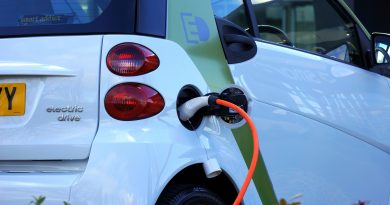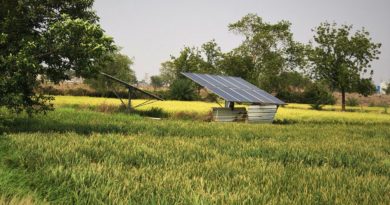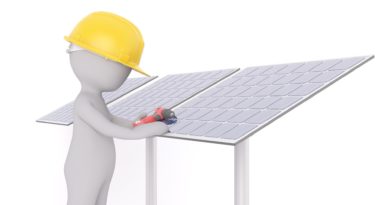Improvement in Energy Access for Inclusive Growth
In 2019, India achieved a historic landmark of reaching near‐universal household connectivity to electricity, meaning that over 900 million citizens have gained an electric connection to their households – a remarkable achievement to boast for the country.
But we still need to answer the questions like; does the responsibility of providing Energy Access end in extending electrical connection only? The answer is NO. This is due to the fact that Energy access is vital for the economic, social, and human development of any location. And, the mere access is not sufficient; the need is for a continuous improvement of the Energy Access attributes.
While we are discussing this issue, it is important to note there are many locations that still exist which are non-electrified and SolarPost is a major player working PAN India for installation, repairing, and maintenance services.
To discuss further on this subject, we consider 04(Four) locales of Energy Access such as Households, Productive Applications, Transport and Community. In all these locales the objective is to meet the various attributes of energy such as adequate in quantity, available when needed, of good quality, reliable, convenient, affordable, legal, healthy, and safe. There are many instances where the connected energy is of low voltage, for limited hours and during the non-waking hours of the day. All these make energy access unreliable.
Meeting such attributes is considered as an improvement in energy access which is a continuous process. While we talk about this, the various aspects of energy play a major role in it such as generation, transmission, distribution, energy efficiency, storage, etc.
The broad areas of energy use in all these Energy Access locales as mentioned above are: –
- For Households
- Access to electricity for lighting, mobile charging, and operating other appliances
- Access to energy for cooking solutions; one of the next big energy sector challenges for India is to achieve a full transition to clean cooking. Access to clean cooking goes beyond technical availability: it also extends to issues of adequacy, reliability, convenience, safety, and affordability
- Access to energy for space heating and cooling solutions which have a direct bearing on the efficiency/output of the people
- For Productive Applications
- Measuring energy needs for productive uses is always a challenge so detailed survey and feasibility is important
- There are multiple types of productive enterprises like different scales of operation, varying degrees of mechanization, different energy applications, and a variety of energy supplies
- In Post COVID-19 economy recovery scenario across the country, this is a must requirement
- For Transport
- As Indians travel more and transport freight in larger volumes, the transport sector has become the fastest‐growing energy end-use sector in the country. While other sectors are fuelled by relatively diverse sources of energy, transport is heavily reliant on oil, with 95% of demand being met by petroleum products. The more and more options of using electricity in the transport sector are being explored like usages of Electric Vehicles (EVs); the success of which across the country will again depend on the improvement in energy access
- For the community facilities, five sub-locales need to be considered
- Health facilities,
- Schools,
- Street lighting,
- Government buildings, and
- Public buildings.
Access to energy for each sub-locale can be determined based on surveys of either the users of the facility or the providers of the facility.
So, the improvement in energy access is a must to achieve inclusive growth of the country which is very important to obtain as a post COVID-19 recovery of the economy.
References: –



